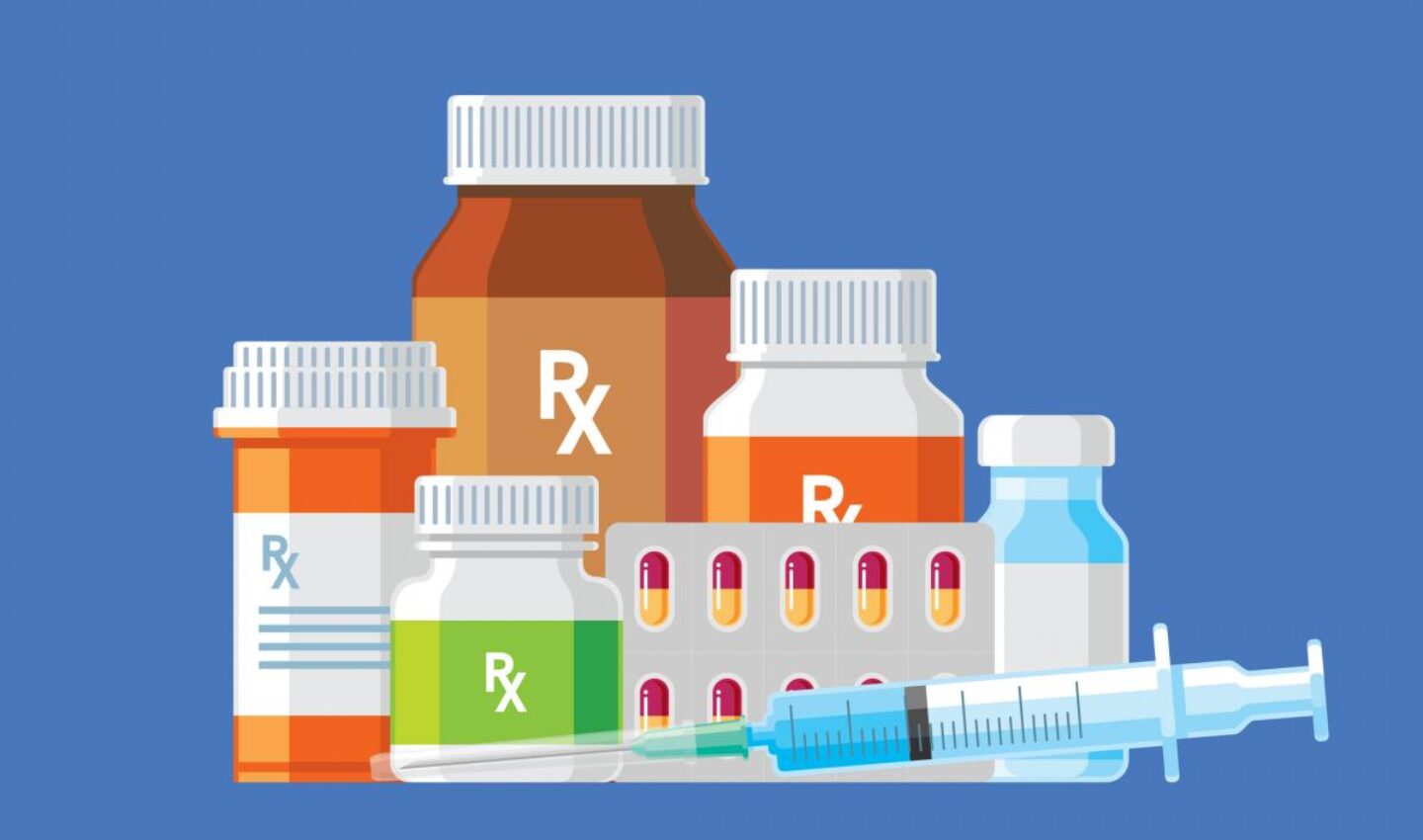COVID-19 vaccines were developed in the unsparing glare of worldwide media attention with the highest hopes and expectations for their efficacy. At the same time, millions of people suffer every day from less publicized but still severe and potentially deadly diseases, pinning their hopes on innovative new treatments—or even a cure.
The fact is, every day, pharma companies are investigating drugs to treat a broad array of ailments and medical disorders that afflict millions of Americans. Which raises critical questions for prescribers and payors: Does the data show clear evidence of efficacy? What are the long-term safety considerations of these new drugs? What is the drugs’ impact on mortality, and what are the risks for complications? Who are the ideal candidates for the drugs’ use, and can they be identified using noninvasive diagnostic tools? And how easy or likely is it for patients to adhere to the prescribing regimen?
One example of a lesser-known but still severe and wide-spread disease is nonalcoholic steatohepatitis (NASH), an advanced form of nonalcoholic fatty liver disease. NASH, which is estimated to affect 5 – 21 million people in the United States, is associated with cardiometabolic syndrome and can progress to liver cirrhosis, liver failure, and liver cancer. It is the second leading indication for liver transplants in the United States.
Although NASH is quite common and may be deadly, most patients are undiagnosed due to its asymptomatic nature, the need for a liver biopsy to confirm the diagnosis, and a lack of FDA-approved treatment options. To date, pharmacological options for biopsy-proven NASH have been limited to off-label use of a medication usually prescribed for diabetes or vitamin E.
In 2016, one promising NASH treatment, obeticholic acid, was FDA-approved under the brand name Ocaliva® for another less common liver disease known as primary biliary cholangitis. Although it gained attention in the managed care ecosystem, limited efficacy and safety data for NASH and a high list price of $69,350 per year raised concerns among payers about potential off-label use.
The FDA subsequently declined to approve obeticholic acid to treat NASH, saying that the predicted benefits did not outweigh the potential risks. The manufacturer intends to work with the FDA to address their concerns.
Although the first wave of novel NASH drugs did not live up to expectations, the pipeline is rich with other contenders. The prevalence of NASH is forecast to increase by 63 percent over the next decade, bringing the potential for high-cost drugs and challenges for prescribers and payors, who must evaluate the new drugs’ efficacy once they are approved.
This scenario highlights the need for continued monitoring and comprehensive assessment of clinical trial and cost-effectiveness data to ensure future therapies offer value to payers. Possible drug management strategies that should be considered by payers include prior authorization requirements to confirm the diagnosis, promote adherence to the labeled drug indications, and ensure specialist consultation, as well as a refill reminder outreach.
We can help you stay on top of the latest developments in the drug pipeline.
As part of our comprehensive drug pipeline monitoring and budget impact forecasting program, the Clinical Pharmacy Services team closely follows NASH drugs and many others currently in development.
To learn more about Commonwealth Medicine’s pipeline intelligence and budget impact forecasting services, contact Bonnie Greenwood, PharmD, BCPS, Director, Clinical Pharmacy Services.


